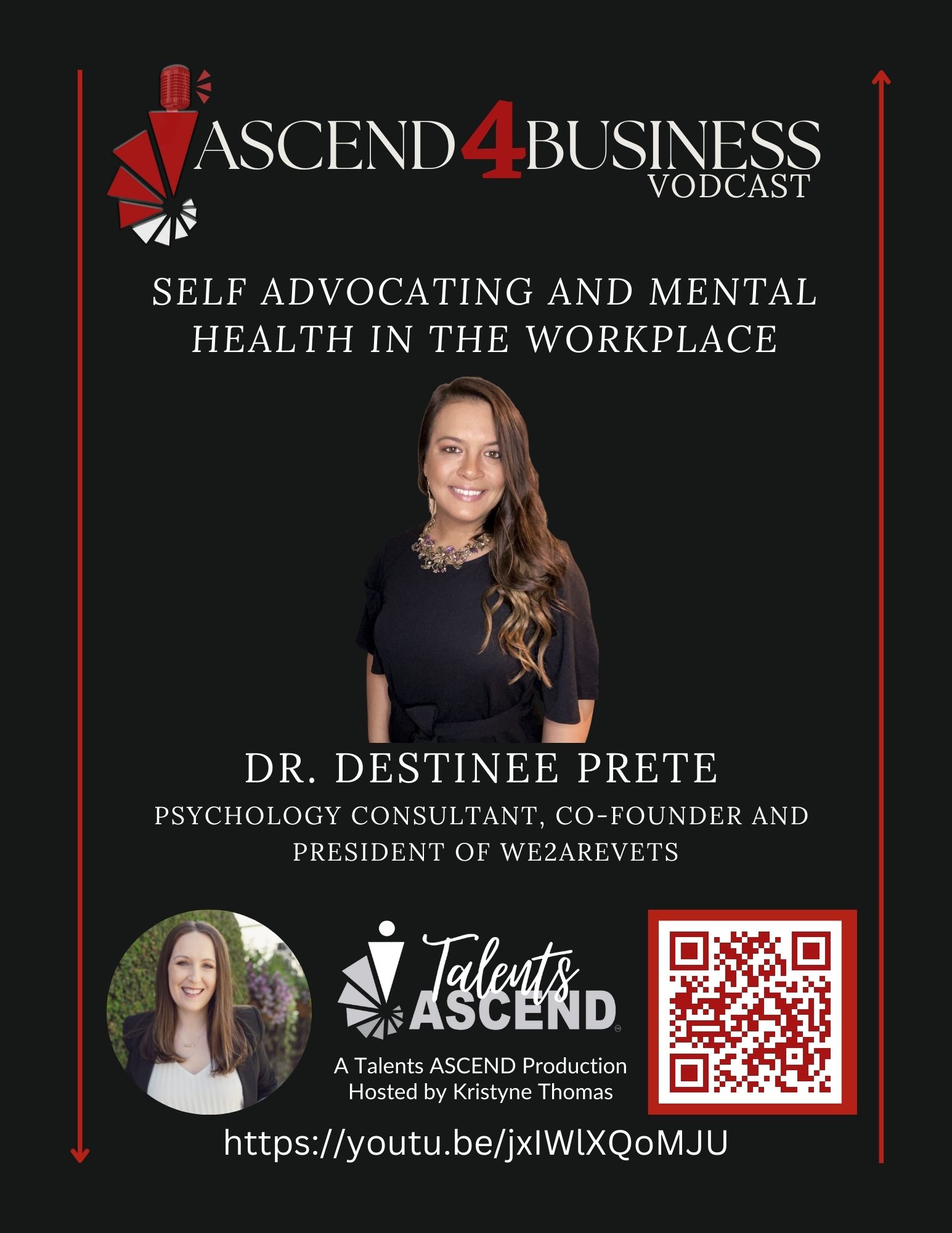
June is Safety Month. Saying the word safety can bring up many different feelings. Being military, I think of our national security when I say safety. I see our brave women and men (military and first responders) standing on that “wall” and keeping us safe. Being a mom and Mimi to five cherubs, safety means protecting them and providing an environment where they are safe to play, to learn and to grow into the humans they are meant to be.
As a business owner, safety means providing a safe and inclusive environment for my team. A place where they can be who they are. A place where they do their best work. Safety can have so many other meanings in the workplace as well. Number of days without an accident. Maintaining first aid kits, eye wash stations, defibrillators, to exit signage and exits free from obstruction. Knowing how to respond in an emergency is all part of safety and it belongs to all of us.
It comes down to responsibility. When we each take responsibility for the safety of ourselves and others, we all win. To provide environments free from harm (physical, verbal, or mental) any place, is up to each of us and all of us. Make a commitment to safety in the workplace to your any place.
Kristy’s Best Practices for Remote Work
https://talentsascend.com/wp-content/uploads/2023/06/TA-Best-Practice-for-Remote-Work.pdf

Making Safety in the Workplace a Top Priority
By Nila Thompson
Making Safety in the Workplace a Top Priority
Creating a safe and secure work environment is crucial for the well-being of employees and the overall success of any organization. Promoting a culture of safety not only protects workers from harm but also boosts morale, increases productivity, and reduces costs associated with accidents and injuries. Items that employers should focus on are exploring the importance of workplace safety, the key elements of a comprehensive safety program, and taking practical steps to prioritize safety in the workplace.
The Significance of Workplace Safety
Workplace safety is important for several reasons. Firstly, it protects the physical well-being of employees, preventing injuries and illnesses that can have severe consequences on their lives. A safe work environment also fosters a sense of security and enhances the overall mental health of employees, enabling them to perform at their best.
Additionally, prioritizing safety reduces absenteeism due to injuries, ensuring continuity and productivity in the workplace. Organizations that demonstrate a strong commitment to safety attract and retain top talent, as employees are more likely to seek employment in environments where their well-being is valued.
Elements of an Effective Safety Program
To establish a robust safety culture, organizations should incorporate the following key elements into their safety programs:
Risk Assessment and Hazard Identification: Regularly assess and identify potential risks and hazards within the workplace. This includes evaluating the physical environment, equipment, and work processes to identify potential sources of harm.
Training and Education: Provide comprehensive training programs to ensure that employees are aware of safety protocols, procedures, and the proper use of equipment. Ongoing training should be offered to keep employees up to date with new safety practices and regulations.
Effective Communication: Establish clear lines of communication for reporting hazards, near misses, and accidents. Encourage employees to actively participate in reporting and provide feedback on safety concerns.
Safety Policies and Procedures: Develop and implement clear safety policies and procedures that align with regulatory requirements and industry best practices. These policies should be easily accessible and regularly reviewed to ensure their effectiveness.
Safety Equipment and Personal Protective Gear: Provide appropriate safety equipment and personal protective gear to employees based on the nature of their work. Regularly inspect, maintain, and replace equipment to ensure its reliability.
Emergency Preparedness: Establish emergency response plans and conduct drills to prepare employees for potential crises. Clearly communicate evacuation routes, assembly points, and emergency contacts.
Key Elements for a Robust Safety Program
Establishing a Program
When implementing a safety program into your organization, it’s important to have these key elements in place.
Leadership Buy in: A commitment from your leadership is necessary. Leaders will be stressing the importance of the program and ensuring its implementation.
Employee Engagement: Making employees part of the process is a vital element. This gives them a sense of ownership. Recognize those employees that have played roles in its development. This gives them the feeling of responsibility to keep the program in good standing and encourage others to do the same.
Conduct Regular Audits: Conduct routine inspections and audits to identify potential safety hazards, rectify issues promptly, and ensure compliance with safety regulations. This includes inspecting equipment, machinery, and work areas for any potential risks.
Continuous Process Improvement: Promote a culture of continuous improvement by analyzing safety incidents, near misses, and lessons learned. Implement measures to prevent recurrence and share learnings with the entire organization.
Safety Committees: Establish safety committees comprised of employees from various departments. These committees can review safety policies, propose improvements, and act as a liaison between management and the workforce.
Prioritizing safety in the workplace is not only a legal and ethical responsibility but also a strategic investment in the success of an organization. By implementing comprehensive safety programs, organizations can create a work environment where employees feel protected, valued, and empowered. When safety becomes an integral part of the company’s culture, it not only reduces accidents and injuries but also enhances productivity, employee satisfaction, and overall business performance. Remember, a safe workplace is a productive workplace.

Listen to our latest Vodcast, ASCEND 4 Business

Listen to Robyn Grable speak with host Josh Elledge on The Thoughtful Entrepreneur here



